
Things to Consider When Investing In a Vehicle Wash Water Recycling System
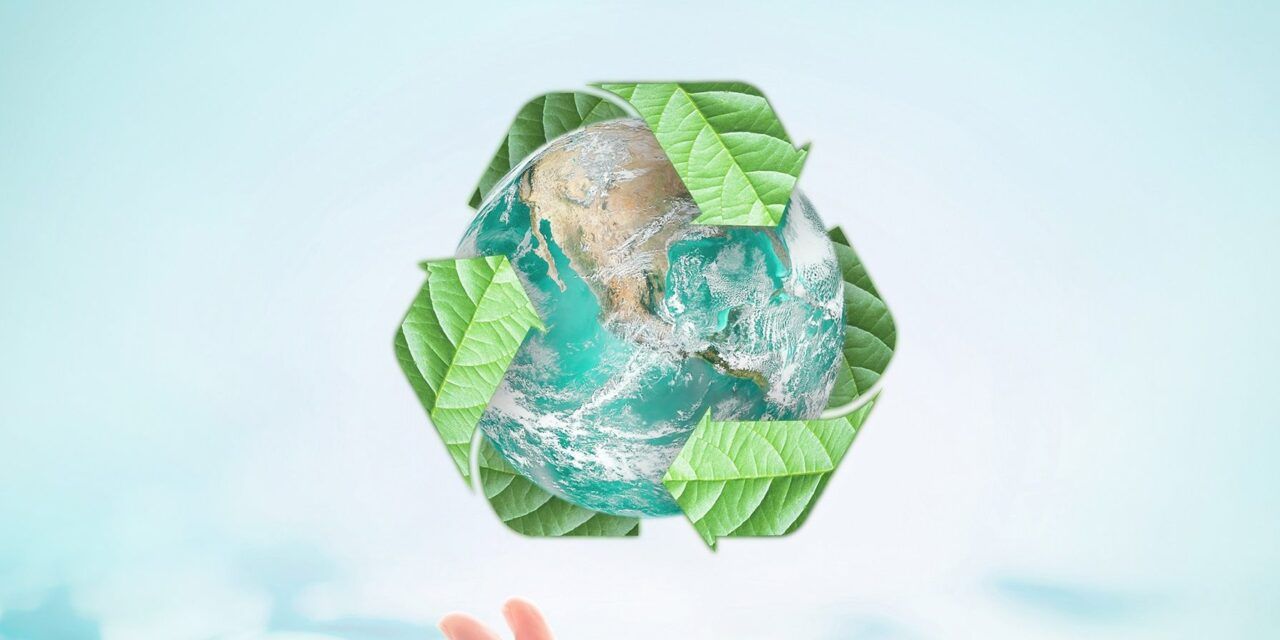
Things to Consider When Investing In a Vehicle Wash Water Recycling System
By John Gibney
Types of Water Systems in the Vehicle Wash Industry:
REUSE
This system utilizes three or more settling tanks to settle out most of the solids via gravity. From the last stage of the settling tanks water is pumped back to the wash equipment for re-use. The water this system delivers contains suspended solids and all the chemicals used in previous washes. In warmer weather, when this water is re-used, it will contain an odour – a rotten egg smell that is a gas given off by the natural, anaerobic microbes in this water.
Reclaim
In a reclaim system the wastewater is sent through a series of settling tanks like the re-use system to settle out the heavy solids using gravity. When the water is pumped out of the last settling tank the water is processed through some form of filtration or cyclonic separation to further reduce the solids to a micron level. This water is then treated with ozone, UV, zinc, or copper oxide to kill the natural microbes in hopes that the water won’t smell when re-used. The water coming from a reclaim system still contains most of the chemicals used in previous washes. Used chemicals are not removed in a reclaim system so there are limitations as to where this water can be successfully re-used in the wash. The majority of the water system brands in the vehicle wash industry manufacture systems within this category.
Restoration
A water restoration system utilizes the same settling tanks as the re-use and reclaim systems. When the water is pumped from the last settling tank, it’s sent through hydro cyclones which cyclonically separate any remaining solids down to five micron. The wastewater is aerated, which creates an environment where aerobic microbes are present. Aerobic microbes are 90 per cent more aggressive in consuming chemical waste in the water. When aerobic microbes consume waste in the water they give off a CO2 gas, which has no smell so odour is never an issue when the water is reused. In the last step in a restoration system, the wastewater is sent through a biologic chamber where active, aerobic microbes are grown to consume the chemicals in the water. With the chemicals removed, the water has been restored and can be re-used in all functions in the wash, with the exception of spot free rinse water. One hundred per cent of the water captured into this system can be re-used.
Restored Spot Free
As technology has advanced, a new system has emerged that takes the restoration system one step further. A restored spot free system takes water from a full restoration system, processes it further then sends that water to a reverse osmosis system to produce spot free rinse water. This system now gives the operator the ability to use biologically restored water in all the stages of a wash.
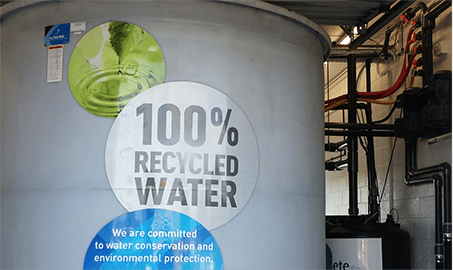
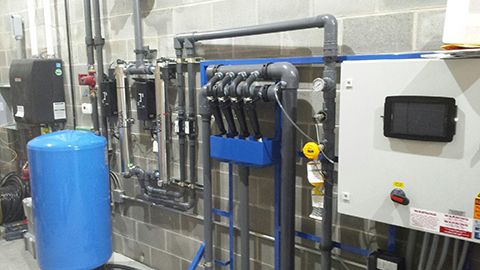
Know the Difference Between Ozone Based Versus Aeration Based Systems
Ozone-based water systems inject ozone gas into the process water to mitigate odour and to chemically break down the used carwash chemicals. Ozone-based systems use ozone and/or hydrogen peroxide dosing to mitigate odor and breakdown used chemicals in the water. Using one or both of these substances kills off the very microbes that remove odor and consume used vehicle wash chemicals. Therefore, in ozone based the used wash chemicals still remain in the processed water. Also, ozone systems require ozone gas replenishment and parts replacements both of which can be quite costly.
Aeration-based water systems infuse oxygen into the water to mitigate odor. The infusion of oxygen into the water aids in the conversion of anaerobic microbes to aerobic microbes. The byproduct of this conversion is CO2 (which has NO ODOR) and H20. Further processing sends the water through a biologic tank where the used wash chemicals are removed from the processed water. An aeration based water system is completely safe to operate and requires quarterly nutrients and annual aeration air filter change.
Be Sure Your Chemical Supplier Fully Understands Chemical Biodegradability and Compatibility
Wastewater coming from a vehicle wash contains chemicals that are made up of cationic, anionic, and nonionic chemicals. Most chemicals used are biodegradable. However, the time it takes to biodegrade varies. It’s very important that chemical manufacturers know and understand the biodegradability and compatibility of their chemicals when used in a natural biological water restoration or reclaim system.
Biodegradability of chemical components is classified by three terms.
Readily Biodegradable
The first classification is readily biodegradable. This means that the natural microbes present in the water can easily biodegrade the chemicals and turn them into CO2 gas and water.
Slow To Biodegrade
The second classification is slow to biodegrade. This means it requires high levels of oxygen concentration in the water and time for the microbes to biodegrade the chemical components. Slow to biodegrade components are difficult to use in a biologic treatment system, as there isn’t enough time to biodegrade them before more of the same components are added to the wastewater. This means the concentration of these components continues to rise until the system is overwhelmed.
Not Biodegradable
The last classification is not biodegradable. These chemical components cannot ever be used in a biologic treatment system. These are chemicals that will kill the microbes.
The last factor that impacts the ability of bacteria to break down and biodegrade chemical components is whether the chemicals are anionic, cationic, or nonionic. Nonionic and cationic chemicals will readily mix together and be biodegraded by microbes. Anionic chemicals are not compatible with nonionic or cationic chemicals. When anionic chemicals are used, the resulting mixture is very difficult for natural microbes to biodegrade.
Figure Out What Your System Payback Will Be
Once you’ve gotten quotes for a water recycling system, check your payback or return on investment (ROI). Typically manufacturers will do a cost analysis for you but if they don’t here’s to calculate out your ROI. First you need to find out what the city water and sewer costs are per measurable unit in your area. Cities measure a unit as either 750 gallons or 1,000 gallons which will be shown on the water and sewer bill. Once you know these you can calculate your annual water and sewer costs. A water reclaim system will save you 45 per cent of that cost, while a water restoration system will save you 85 per cent of that cost. Therefore to make the calculation, you would take your annual water savings and add that to your annual sewer savings to get your total annual savings. Divide the capital cost of the water recycling equipment and installation by your total annual savings, this gives your payback in years. After the payback in years of your capital cost, your total annual savings would drop to your bottom line as profit.
Do a Site Visit
Once your selection process has narrowed to a brand or two, a site visit is often a great way to see what you will be purchasing. Most manufacturers will give you access to customers in your area so that you can go to the site and see the system in action. Ask questions of the wash operator. Take a look at the equipment. If you can get a sample of the water, do so. How does the facility look? Is the wash equipment and are walls clean? How’s the quality of the vehicle wash product that they are producing? Do your due diligence.
John Gibney is the vice president and general manager forAqua Bio Technologies, LLC., Darien, IL. He can be reached via email at jgibney@aquabio.com






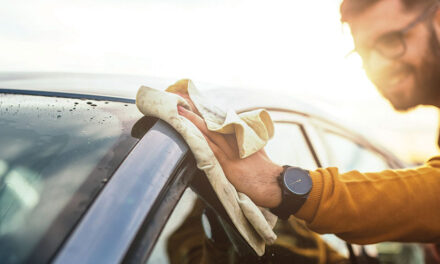
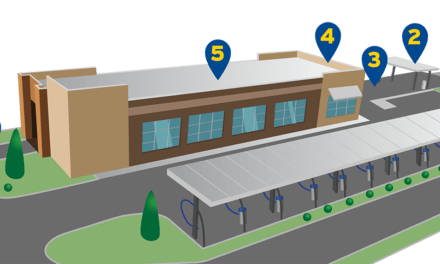
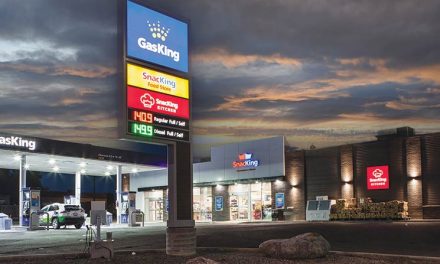
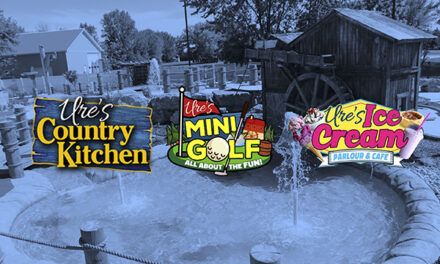

























Thanks very interesting blog! http://oldehickorytaproom.com/